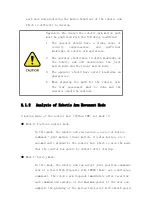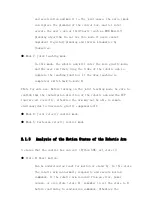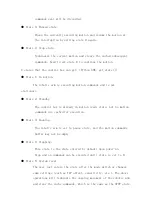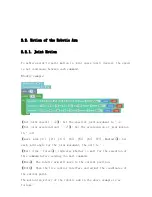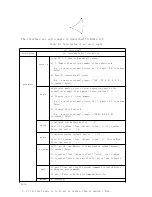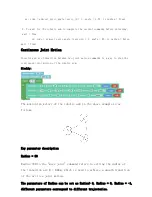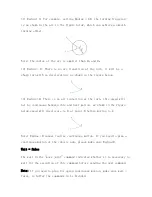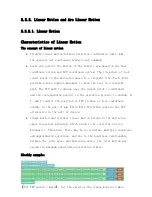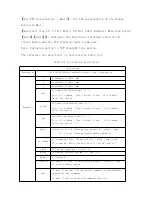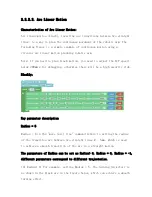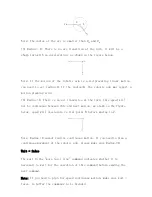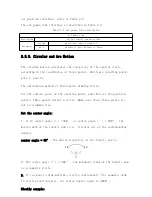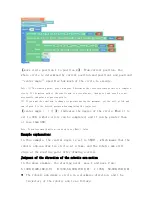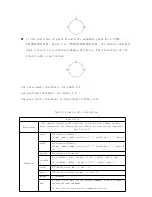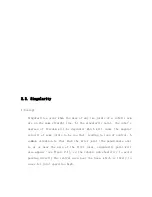
needs to enter the servoj mode to use. In servoj mode, the maximum
receiving frequency of the control box is 250Hz. If the frequency of
sending commands exceeds 250Hz, the redundant commands will be lost.
The Python-SDK interface function we provide also reserves the speed,
acceleration and time settings, but they will not work at present. The
suggested way of use: If you want to plan your track, you can use this
command to issue a smoothed track point with interpolation at a
certain frequency (preferably 100Hz or 200 Hz), similar to the
position servo control command. (Note: this execution is similar to
the step response, for safety considerations, do not give a distant
target position at once). Using this mode requires detailed position
planning for each axis and motion estimation of the robotic arm, which
is difficult to develop.
●
Servo_cartesian motion: move to the given cartesian position with the
fastest speed (1m/s) and acceleration (unit: mm). This command has no
buffer, only execute the latest received target point, and the user
needs to enter the servoj mode to use. In servoj mode, the maximum
receiving frequency of the control box is 250Hz. If the frequency of
sending commands exceeds 250Hz, the redundant commands will be lost.
The Python-SDK interface function we provide also reserves the speed,
acceleration and time settings, but they will not work at present. The
suggested way of use: If you want to plan your track, you can use this
command to issue a smoothed track point with interpolation at a
certain frequency (preferably 100Hz or 200 Hz), similar to the
position servo control command. (Note: this execution is similar to
the step response, for safety considerations, do not give a distant
target position at once). It is recommended that the frequency of user
issuing commands be controlled within the range of 30Hz-250Hz. If the
frequency is lower than 30Hz, the motion of the robotic arm may be
discontinuous. Using this mode requires planning the fine position of
















